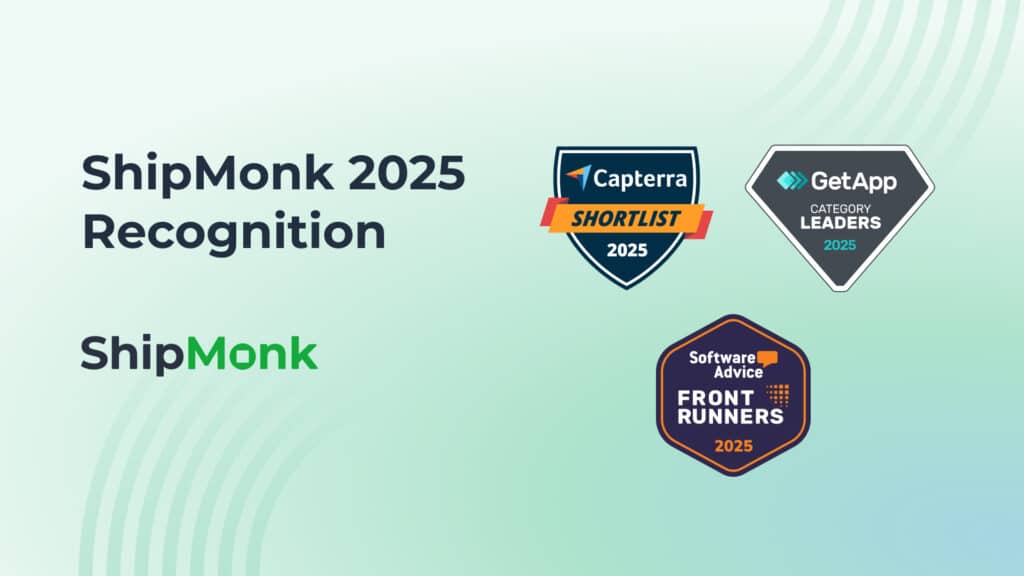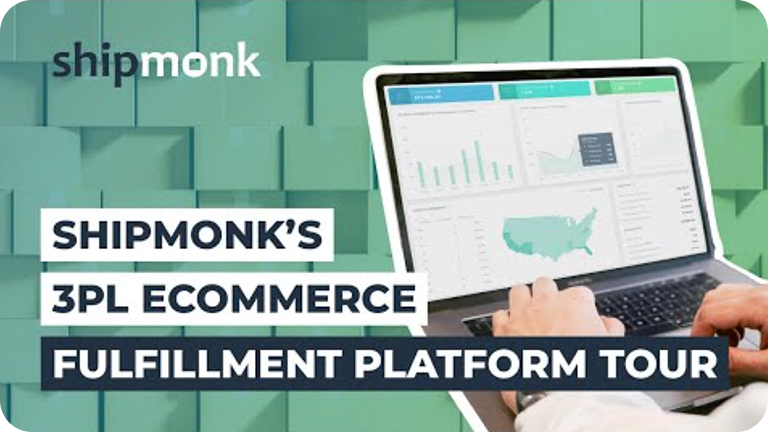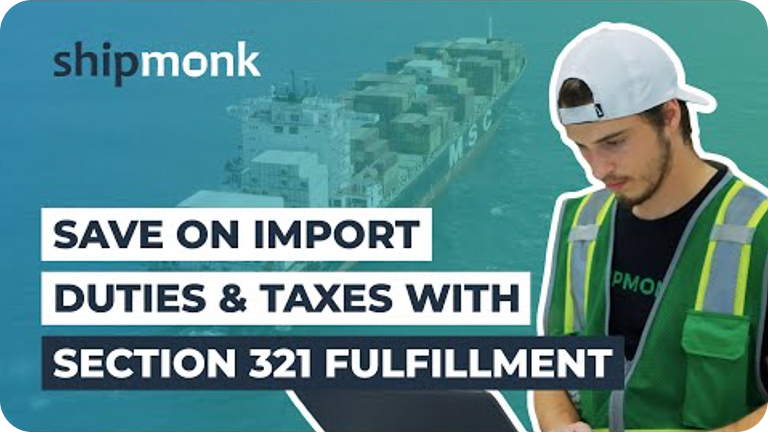In the competitive world of ecommerce, getting your products to customers quickly, safely, and affordably isn’t just a goal—it’s the backbone of your business. A smart shipping strategy can make the difference between a one-time buyer and a lifelong fan. But with so many options, how do you choose the right path?
Relying on a single shipping carrier can limit your flexibility and hurt your bottom line. The secret to ecommerce success lies in leveraging multiple carriers to optimize for cost, speed, and reach. This guide will break down everything you need to know about the major shipping carriers and explain why partnering with a third-party logistics (3PL) provider can be a game-changer for your brand.
The core elements that determine your shipping costs
Before diving into the carriers themselves, it’s essential to understand what drives your shipping expenses. Every provider uses these four core factors to calculate the price of a shipment:
- Weight: The literal heaviness of your package. Heavier items typically cost more to ship.
- Dimensional weight (DIM Weight): This industry-standard calculation considers the size of your package (length x width x height). Carriers use DIM weight to account for the space a package occupies on a truck or plane.
- Shipping zones: These zones measure the distance from your fulfillment center to the customer’s doorstep. The farther the package travels, the higher the zone and the greater the cost.
- Delivery speed: From budget-friendly ground shipping to premium overnight services, the urgency of the delivery plays a major role in the final price.
Understanding these factors is the first step toward building a shipping strategy that protects your profit margins and delights your customers.
Shipping labels: the passport for your products
A shipping label is more than just a sticker; it’s the central nervous system of your order fulfillment. It contains all the critical information needed to guide your product from the warehouse shelf to your customer’s hands. While the layout varies slightly between carriers, every label includes:
- Sender and recipient addresses
- Package weight and dimensions
- Shipping service class (e.g., Ground, 2-Day, Overnight)
- A unique tracking number and barcode
Properly generated labels are crucial for accurate and efficient delivery, enabling seamless integration with fulfillment technology and ensuring every package is on the right track.
Meet the major shipping carriers: a head-to-head comparison
The U.S. ecommerce market is dominated by four primary carriers. Each offers a unique set of strengths, making them ideal for different types of businesses and products.
USPS (United States Postal Service)
Best for: Small, lightweight items (e.g., apparel, cosmetics, books).
As a government-backed entity, USPS has the unparalleled advantage of accessing every single mailbox in the nation. This makes it an incredibly cost-effective choice for direct-to-customer shipping. Their Priority Mail Cubic service is particularly valuable, as it bases pricing on package dimensions rather than weight, offering significant savings for small, dense items. While USPS provides excellent and affordable domestic service with free tracking, its international reliability can sometimes be inconsistent.
UPS (United Parcel Service)
Best for: Large, heavy, or high-value items (e.g., furniture, electronics, luxury goods).
When it comes to bulky shipments, UPS is a powerhouse, handling packages up to 150 pounds with ease. Renowned for its reliability and detailed tracking, UPS is a top choice for businesses shipping valuable products. For urgent needs, services like UPS Express Critical can get shipments delivered anywhere in the world within 24 hours. While its international services can be more expensive, partnering with a 3PL can unlock significant volume discounts.
FedEx
Best for: Fast delivery and specialized shipping needs (e.g., perishable goods).
FedEx built its brand on speed and is a leader in overnight and express shipping. This makes them a go-to carrier for time-sensitive deliveries. They also excel in specialty logistics, offering solutions like proprietary cold-chain packaging that can keep perishable items at an optimal temperature for up to 96 hours. Like UPS, FedEx offers a highly reliable global network, though its premium services often come at a higher price without negotiated 3PL rates.
DHL
Best for: International ecommerce shipping.
With an extensive global distribution network, DHL is the undisputed leader in cross-border logistics. Their DHL eCommerce service is an efficient option for lighter international packages, often partnering with local postal services for final-mile delivery. For faster, end-to-end service, DHL Express can deliver to over 220 countries and territories within 2-4 business days. While DHL’s services are top-tier, their volume requirements can be a barrier for smaller brands, making a 3PL partnership essential for access.
Why a 3PL partner is your ecommerce secret weapon
Juggling multiple carriers, negotiating rates, and managing the complexities of fulfillment can quickly become overwhelming. This is where a 3PL partner transforms your operations. By leveraging a Virtual Carrier Network, a 3PL can automatically select the most cost-effective and efficient shipping option for every single order.
Here’s what a great 3PL partner provides:
Discounted rates: Access significantly lower shipping costs thanks to the massive shipping volumes negotiated by the 3PL.
Strategic fulfillment: By placing your inventory in fulfillment centers across different regions (e.g., the East Coast, West Coast, or central hubs like Chicago or Dallas), you can reduce shipping zones, lower costs, and shorten delivery times for your customers.
Operational flexibility: Effortlessly adapt to carrier surcharges, network delays, or other supply chain disruptions by automatically rerouting shipments through the best available provider.
Integrated technology: From real-time order tracking and analytics to automated shipping label generation, a 3PL’s technology stack streamlines your entire fulfillment process.
By outsourcing your logistics, you can focus your energy on what you do best: growing your brand and connecting with your customers.
Frequently asked questions (FAQs)
To lower costs, focus on optimizing your packaging to reduce dimensional weight, negotiate rates directly with carriers if your volume is high, and consider using a 3PL to access pre-negotiated volume discounts and distribute inventory closer to your customers.
Reliability often depends on the specific service and destination. UPS and FedEx are generally considered top-tier for reliability and tracking in the U.S., while DHL is a leader in international reliability. However, USPS has made significant improvements and is highly reliable for domestic shipments.
Offer free shipping strategically. A common approach is to set a minimum order threshold (e.g., “Free shipping on orders over $50”). This can increase your average order value and incentivize purchases. Build the cost of shipping into your product price to protect your margins.
A 3PL saves you money in several ways: they provide access to bulk shipping discounts you couldn’t get on your own, their network of warehouses reduces shipping distances and costs, and their technology automates the process of finding the cheapest service for each order, saving you both time and money.
A shipping carrier (like UPS, FedEx, or USPS) is the company that physically transports your packages. A 3PL (Third-Party Logistics) provider is a partner company that manages your inventory, packing, and shipping operations, working with multiple carriers on your behalf to optimize the entire process.
Ready to level up your shipping strategy?
Shipping is a critical touchpoint in your customer’s journey and a powerful driver of your brand’s reputation. By diversifying your carrier options and leveraging the expertise of a fulfillment partner, you can build a resilient, cost-effective shipping strategy that supports your growth. Stop stressing over logistics and start delivering an exceptional customer experience today.
About the Author
With over two decades of expertise in ecommerce fulfillment, transportation, and automation, Jonathan Briggs is dedicated to empowering online and omni-channel brands to meet evolving customer expectations and elevate their customer experience. As the Senior Vice President of Sales at ShipMonk, Jonathan leads high-performing sales teams in delivering innovative, scalable fulfillment and delivery solutions. His work spans a diverse range of industries, including Apparel, Footwear, Health & Beauty, CPG, Home Goods, and Nutraceuticals, helping clients achieve operational excellence and drive growth.





